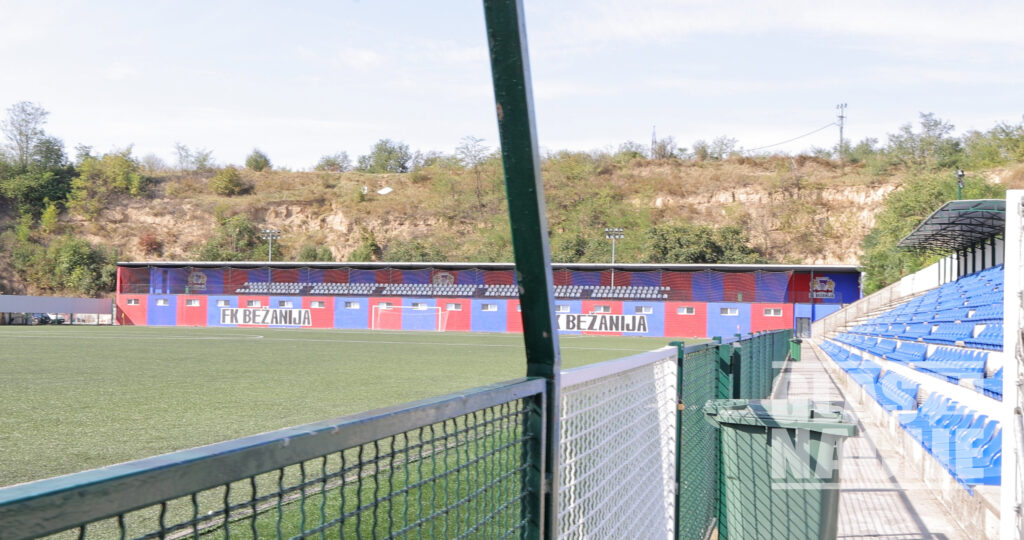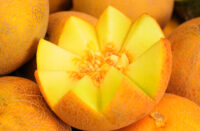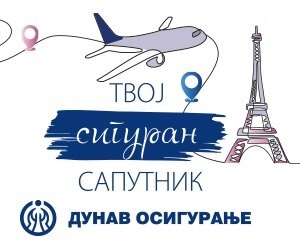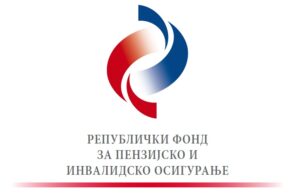U serijalu tekstova “Moje putovanje kroz Novi Beograd” koji slede predstavićemo Vam lokacije na Novom Beogradu koje su od istorijskog značaja, kultna mesta koja čine ovu opštinu najinteresantnijom za turiste koji imaju želju da posete Beograd i Srbiju. Ova opština nudi niz zanimljivosti počevši od istorijskih građevina, noćni provod tokom cele nedelje, obilazak muzeja, verskih objekata, sportskih manifestacija, plovidba rekama i delova koji su poznati samo lokalcima, a koje kada ih jednom posetite – sigurno ćete poželeti i da im se vratite!

U svojoj dugoj istoriji FK Bežanija sa Novog Beograda menjala je više puta ime, ali ne i lokaciju. Osnivanje kluba prema zvaničnim podacima vezuje se za 1921. godinu i novonastali klub nazvan je SOKO. Potom je promenjeno ime u BSK tj Bežanijski sportski klub, da bi se tokom Drugog svetskog rata takmičio u ligi Nezavisne Države Hrvatske, promenivši naziv sportskog društva u HŠK.
Po oslobođenju države klub ponovo menja ime u FK Jedinstvo i takmiči se u novosadskoj (sremskoj) ligi. Početkom 1955. godine dobija današnji naziv – FK Bežanija. Na stadionu koji danas prima oko 2.000 ljudi, i koji se nalazi pored najstarije crkve u ovom delu Novog Beograda, većinom se igrao nižerazredni fudbal.
U novijoj istoriji kluba ostvaren je najveći uspeh od osnivanja, tačnije u sezoni 2006/2007, kada se takmiči u elitnom rangu srpskog fudbala – Superligi. U toj sezoni zauzima 4. mesto i učestvuje u kvalifikacijama za evropsko takmičenje, UEFA ligu. U dvomeču sa albanskom Besom iz Kavaje, Bežanija je dva puta remizirala, ali je zbog golova u gostima ispala iz daljeg takmičenja. Nakon toga klub ispada i iz elitnog ranga srpskog fudabala i danas se takmiči u 6. takmičarskom nivou.
U Bežaniji su stasali mnogi proslavljeni fudbaleri srpskog fudabala koju ostvarili i inostrane, kao i reprezentativne karijere, kao što su Antonio Rukavina, Pavle Ninkov, Žarko Lazetić, Milan Biševac i mnogi drugi.
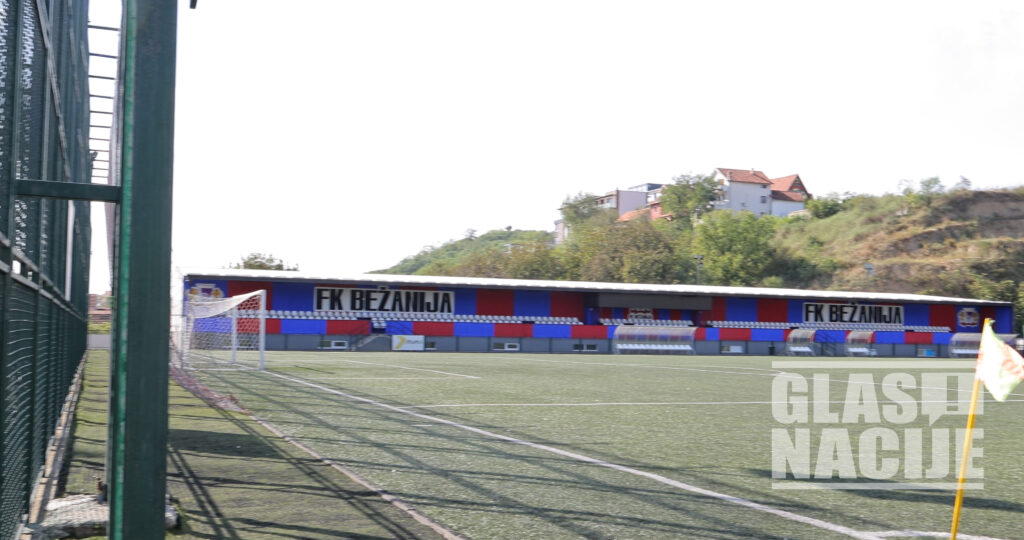
In the series of texts “My journey through New Belgrade” that follows, we will present you locations in New Belgrade that are of historical importance, iconic places that make this municipality the most interesting for tourists who want to visit Belgrade and Serbia. This municipality offers a number of interesting things, starting with historical buildings, nightlife throughout the week, visiting museums, religious buildings, sports events, sailing on rivers and parts that are known only to locals, and which once you visit – you will definitely want to come back. ! In its long history, FC Bežania from Novi Belgrade has changed its name several times, but not its location. According to official data, the club was founded in 1921, and the newly created club was called SOKO. Then the name was changed to BSK, i.e. Bežani sports club, in order to compete in the league of the Independent State of Croatia during the Second World War, changing the name of the sports club to HŠK. After the liberation of the country, the club changed its name again to FK Jedinstvo and competed in the Novi Sad (Srem) league. At the beginning of 1955, it got its current name – FK Bežanija. In the stadium, which today accommodates about 2,000 people, and which is located next to the oldest church in this part of New Belgrade, mostly low-class football was played. In the recent history of the club, the greatest success was achieved since its founding, more precisely in the 2006/2007 season, when it competed in the elite rank of Serbian football – the Superliga. In that season, it takes 4th place and participates in the qualifiers for the European competition, the UEFA League. In the double match with the Albanian Besa from Kavaja, Bežania drew twice, but because of away goals, they were eliminated from further competition. After that, the club fell out of the elite ranks of Serbian football and today competes in the 6th competitive level. Bežania has grown up in Bežania, where many famous players of Serbian football have achieved international and representative careers, such as Antonio Rukavina, Pavle Ninkov, Žarko Lazetić, Milan Biševac and many others.
